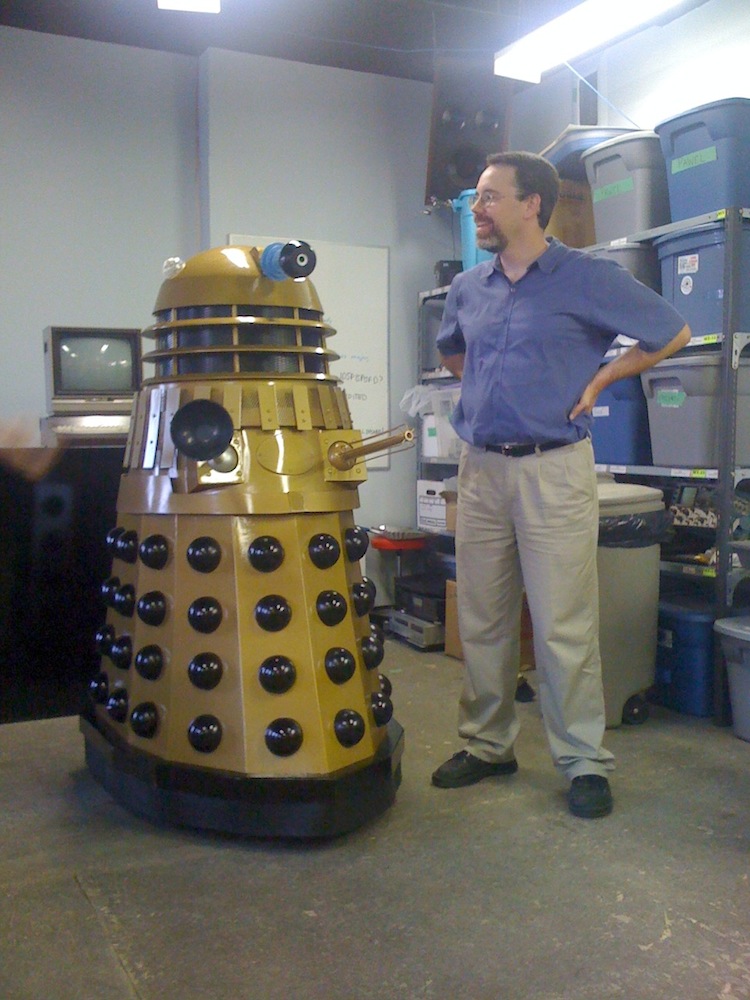I haven’t really written much about Karos Health since joining the company a while back. I’m not sure why that’s the case, but I do have something to share today.
Last night Karos Health’s Rick Stroobosscher and I attended a job fair in Milton, Ontario. Organized by Communitech, the event brought several Waterloo Region companies together to meet with job seekers. We were in very fine company with respected stars like Christie Digital, Desire2Learn, and Research In Motion, as well as fellow startups like Kik Interactive.
Rick and I really weren’t sure what to expect at the event. What we found was a well-organized venue with helpful Communitech folks there to help us get oriented. The space was relatively small, which made it easy for job seekers to get to see everyone. And there were a great many job seekers there, with a range of skills, experiences, and interests. Rick and I were busy all night talking with people about what they are looking for and what Karos is about. Happily, we even talked to a few software developers who may be able to help us. We’re looking forward to future Communitech events like this one.
We’re looking for developers at Karos, and down the road perhaps other people. Have a look at our careers page and let us know if you think there’s there’s a fit.



